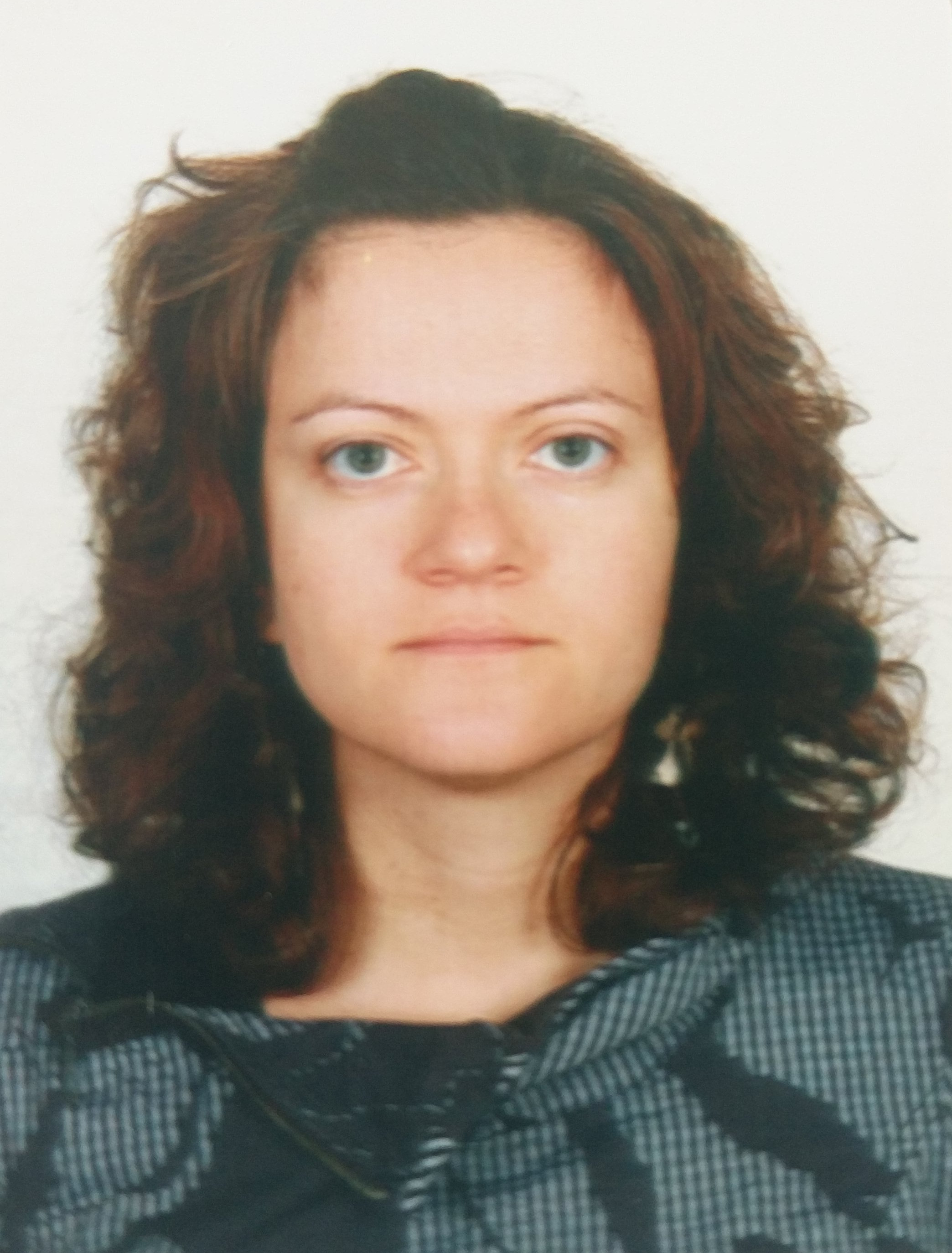


Dr. Eirini Tziaferi is a Post-doctoral researcher at the Department of Physics, National and Kapodistrian University of Athens specializing in Experimental High-Energy Physics.
The field of research of Dr. Eirini Tziaferi is Experimental High Energy Physics. She studies the properties and interactions of elementary particles in collider experiments (pp) at the LHC accelerator at CERN. She focuses on searches for new physics in multi-jet topologies, exploring a variety of new physics models from Extra Dimensions to Dark Matter.
Dr. Eirini Tziaferi received her BSc degree in physics (2003) from the Aristotle University of Thessaloniki and her PhD degree (2007) from the Department of Physics & Astronomy of the University of Sheffield, UK, working on the DRIFT-II experiment at the Boulby mine (UK). This experiment was built for the direct detection of dark matter. In 2007 she moved to Aachen (Germany) and afterwards to Zurich (Switzerland) to work as a postdoctoral research associate in the XENON100 dark matter experiment in the underground laboratoty of Gran Sasso in Italy. This experiment set the most stringent limit in the spin-independent WIMP-nucleon elastic scattering cross sections at that time. In 2012 she joined the CMS experiment at CERN (Geneva, Switzerland) as a postdoctoral researcher at the University of Ioannina and since 2015 as a member of the group of Ass. Prof. Saoulidou at the University of Athens.
As a member of the CMS experiment of the Large Hadron Collider (LHC) at CERN Dr. Tziaferi searches for new physics utilizing events with hadronic jets in the final states. Since 2014 she is one of the key analyzers of the Dijet Resonance Search with the 13 TeV data. She worked on the analysis optimization, and since data taking started, on detailed data-quality studies comparing real with simulated events, on data-stability studies examining the behavior of physics quantities as a function of time and on the development of a robust data-driven QCD background prediction method that can significantly reduce systematic uncertainties. The Dijet Resonance Search is among the roughly ten High Priority Analyses of the CMS Exotica Group. She also studies the quality of reconstruction and selection of the hadronic jets (PF Jet Identification criteira). She led the careful study and documentation of the PF JetID selection criteria for the 8 TeV data, and in their improvement for the 13 TeV data, which are recommended (mandatory) for all CMS analyses. It is important to note that these criteria, which are used by all CMS analyses, made possible the first searches of dark matter utilizing mono-jets events. She was appointed as a co-convener for the Jet+X group for the period 9/2021-9/2023. This subgroup oversees analyses with final states dominated by jets, such as di-jet, multi-jet, or topologies with leptons and jets, searching for narrow and broad resonances from a variety of new physics models (including DM mediators), leptoquarks, heavy neutral leptons etc.